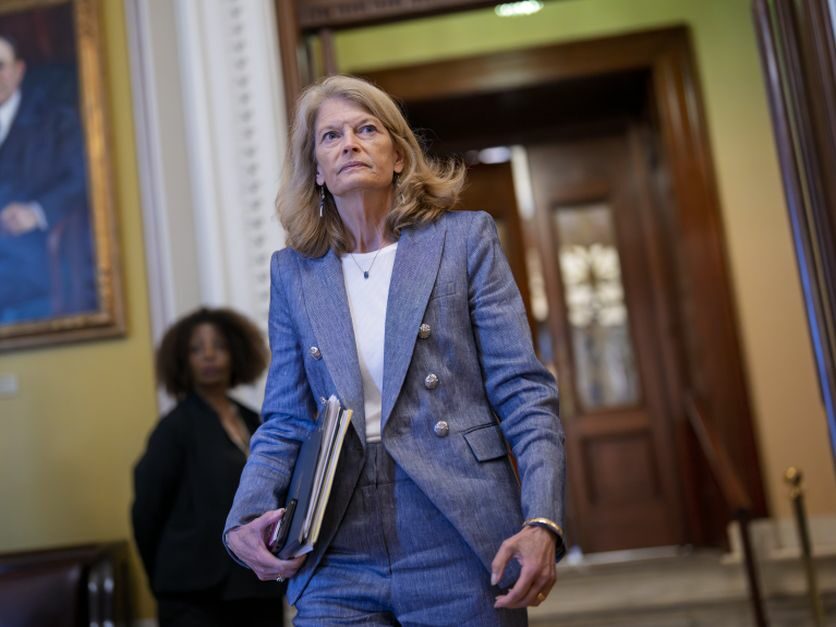Key Takeaways
- The Senate passed a significant budget reconciliation bill after a lengthy vote, with the crucial support of Senators Murkowski and Collins.
- The bill includes a $50 billion fund for rural hospitals and substantial increases in spending for farm programs, alongside cuts to SNAP funding.
- Democrats criticized provisions that could shift financial burdens to states, especially in light of the new SNAP cost-sharing requirements.
Senate Passes Key Budget Reconciliation Bill
After an extended vote-a-rama in the Senate, a pivotal budget reconciliation measure has been passed, aided by Vice President JD Vance’s tie-breaking vote. The bill gained crucial support from GOP Senators Lisa Murkowski of Alaska and Susan Collins of Maine, with Murkowski’s backing ensuring the 50th vote needed for passage.
Significantly, the final version of the bill doubles the fund for rural hospitals from $25 billion to $50 billion. This adjustment aims to mitigate the impact of Medicaid funding cuts within the legislation. Furthermore, a provision was added for Murkowski that delays a cost-sharing requirement for the Supplemental Nutrition Assistance Program (SNAP) for states with high error rates. Alaska had the highest error rate last year at 24.7%, necessitating this delay.
The legislation now returns to the House, where GOP lawmakers are under pressure to approve the Senate version in alignment with President Donald Trump’s July 4 deadline for legislative priorities related to spending and tax policies. Both House and Senate proposals feature significant increased funding for farm programs counterbalanced by cuts to SNAP funding.
Specifically, the Senate bill proposes an increase of about $66 billion for farm programs, with $50 billion allocated through the Price Loss Coverage program for row crops. The legislation also aims to reduce crop insurance premiums and introduce new funding streams for agricultural research, trade promotion, and disaster assistance.
During the vote-a-rama, the agricultural community faced suspense regarding discussions led by Senator Chuck Grassley of Iowa, who halted efforts to amend payments limits for commodity programs. Grassley and Senate Agriculture Committee Chairman John Boozman reached an agreement to collaborate with the USDA to investigate fraud in farm payments while ensuring accurate payment limits.
Democratic leaders voiced strong opposition to the bill, focusing their criticisms on Medicaid funding cuts and the newly established SNAP cost-sharing mandates which could impose significant financial burdens on state budgets. Senator Amy Klobuchar of Minnesota warned that these changes could force states, particular those like hers, to manage new costs that may be unmanageable.
Senator Klobuchar indicated that given the robust funding from reconciliation for farm programs, there’s reduced incentive to finalize a farm bill. However, she also noted ongoing challenges, such as avian flu and tariffs affecting agriculture, that could rekindle bipartisan interest in drafting a farm bill.
The Senate version of the bill proposes a shorter extension for the 45Z tax credit compared to the House bill. This credit, which supports sustainable aviation fuel (SAF), has received mixed reactions, with some arguing that the reduction could hinder investment in necessary infrastructure.
Additionally, a controversial aspect of the legislation limits state-imposed provider taxes crucial for rural hospitals, raising concern among moderate Republicans about the potential negative impact on hospital funding and sustainability.
The Congressional Budget Office (CBO) has projected that amendments introduced during the vote-a-rama could raise spending by approximately $90 billion, while also reducing revenue by $20 billion, contributing to an anticipated increase in deficits of $110 billion over the next decade, along with an estimated total deficit increase of $3.4 trillion.
This mark is critical as lawmakers continue to navigate the complexities of agricultural and health funding amidst pressing economic needs and legislative deadlines.
The content above is a summary. For more details, see the source article.















